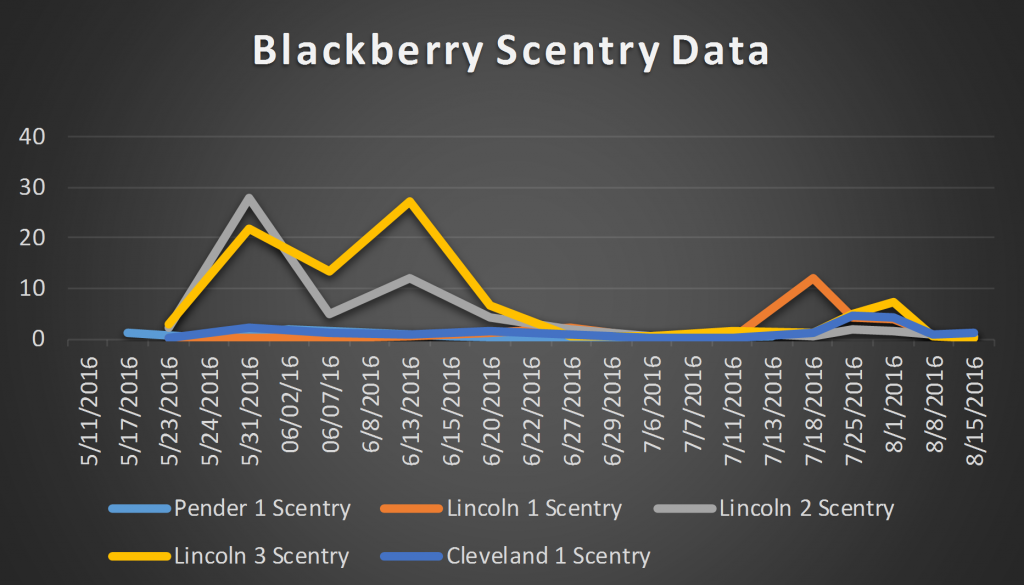Spotted Wing Drosophila Monitoring Report August 26, 2016
go.ncsu.edu/readext?423505
en Español / em Português
El inglés es el idioma de control de esta página. En la medida en que haya algún conflicto entre la traducción al inglés y la traducción, el inglés prevalece.
Al hacer clic en el enlace de traducción se activa un servicio de traducción gratuito para convertir la página al español. Al igual que con cualquier traducción por Internet, la conversión no es sensible al contexto y puede que no traduzca el texto en su significado original. NC State Extension no garantiza la exactitud del texto traducido. Por favor, tenga en cuenta que algunas aplicaciones y/o servicios pueden no funcionar como se espera cuando se traducen.
Português
Inglês é o idioma de controle desta página. Na medida que haja algum conflito entre o texto original em Inglês e a tradução, o Inglês prevalece.
Ao clicar no link de tradução, um serviço gratuito de tradução será ativado para converter a página para o Português. Como em qualquer tradução pela internet, a conversão não é sensivel ao contexto e pode não ocorrer a tradução para o significado orginal. O serviço de Extensão da Carolina do Norte (NC State Extension) não garante a exatidão do texto traduzido. Por favor, observe que algumas funções ou serviços podem não funcionar como esperado após a tradução.
English
English is the controlling language of this page. To the extent there is any conflict between the English text and the translation, English controls.
Clicking on the translation link activates a free translation service to convert the page to Spanish. As with any Internet translation, the conversion is not context-sensitive and may not translate the text to its original meaning. NC State Extension does not guarantee the accuracy of the translated text. Please note that some applications and/or services may not function as expected when translated.
Collapse ▲This is the final spotted wing drosophila (SWD) monitoring report for 2016. Looking back over the course of the season, we can make several about our trapping methods. Aside from a couple of times towards the end of the season, the Scentry baited traps performed similarly to the yeast sugar/water traps. The manufacturer suggests that the commercially available lures could be used for up to four week, but we observed a precipitous decline in trap captures after two weeks in both our blueberry and blackberry monitoring sites. However, the Scentry lures are easier to service, and contain mostly drosophilids. It is likely they will experience continued use in the future.
While both of the attractants we used at our sites captured flies, trap captures are still difficult to relate to infestation in fruit and are only recommended for use in determining fly presence at this time.
We are monitoring a total of five blackberry fields, and first checked traps on May 17, 2016. The average number of total (male and female) SWD captured per site per day are presented in the figures below. YSW refers to traps baited with “yeast/sugar water”, and Scentry refers to traps with Scentry lures.
Data is continually processed and will be updated weekly as it becomes available.
As this is the last report that I will be writing for this summer, I would like to thank all of our participating growers once more for their ongoing support and helpfulness throughout the summer. It has been a pleasure to work with you.
More information





